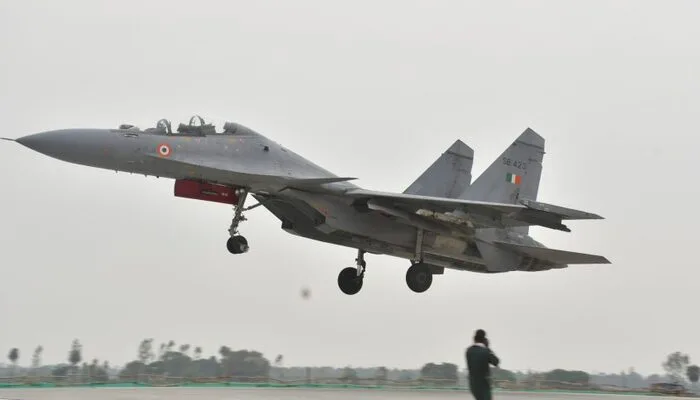In May 2025, the skies over South Asia witnessed a dramatic shift. India’s air force, once confident in its aerial prowess, found itself grounded—not by choice, but by a stark new reality. The catalyst? A high-stakes confrontation with Pakistan, bolstered by China’s advanced military technology.
The Prelude to Conflict
The tension ignited after a tragic attack in Indian-administered Kashmir, where 26 civilians lost their lives. India responded with “Operation Sindoor,” targeting what it identified as militant infrastructure in Pakistan. In retaliation, Pakistan launched “Operation Bunyan-um-Marsoos,” aiming at Indian military installations. This exchange marked one of the most intense escalations between the two nations in recent history.
The Aerial Engagement
On May 7, a massive dogfight unfolded over the contested region. Approximately 125 fighter jets from both sides engaged in what analysts describe as the largest aerial battle since World War II . India deployed its fleet, including the advanced French-made Rafale jets, while Pakistan countered with Chinese-supplied J-10C fighters.
The outcome was startling. Pakistan claims to have shot down five Indian aircraft, including three Rafales . Debris from the downed jets was reportedly recovered, providing tangible evidence of the losses . India, however, has not officially acknowledged these losses.
The Game-Changing Technology
Central to Pakistan’s success was the integration of advanced Chinese military technology. The J-10C fighters, equipped with PL-15 air-to-air missiles, played a pivotal role. These missiles, capable of reaching speeds over Mach 5 and ranges exceeding 200 km, allowed Pakistani pilots to engage targets without entering Indian airspace.
Additionally, Pakistan utilized Erieye Airborne Early Warning and Control (AEW&C) systems, enhancing their situational awareness and coordination during the engagements.
Read: Fragile Ceasefire Holds Between Pakistan and India Amid Kashmir Tensions
The Aftermath and Strategic Implications
The immediate consequence for India was a strategic withdrawal. Reports indicate that the Indian Air Force (IAF) grounded its Rafale fleet and repositioned its aircraft at least 300 km away from the border, reflecting a cautious approach in the face of Pakistan’s enhanced capabilities.
This confrontation has broader implications. It showcased the effectiveness of Chinese military technology in real combat scenarios, potentially influencing global arms markets and defense strategies. For India, it highlighted the need to reassess its aerial combat doctrines and invest in countermeasures against emerging threats.
Conclusion
The May 2025 aerial engagements between India and Pakistan underscore the evolving nature of modern warfare. Technological superiority, network-centric operations, and strategic alliances now play a more significant role than sheer numbers. As both nations navigate the aftermath, the world watches closely, understanding that the balance of power in the skies has irrevocably changed.
Note: The information presented is based on reports from various sources, including Reuters, Business Insider, and Aviation Week Network. Due to the sensitive nature of military engagements and the potential for conflicting accounts, some details may be subject to further verification.
Follow us on Google News, Instagram, YouTube, Facebook,Whats App, and TikTok for latest updates
